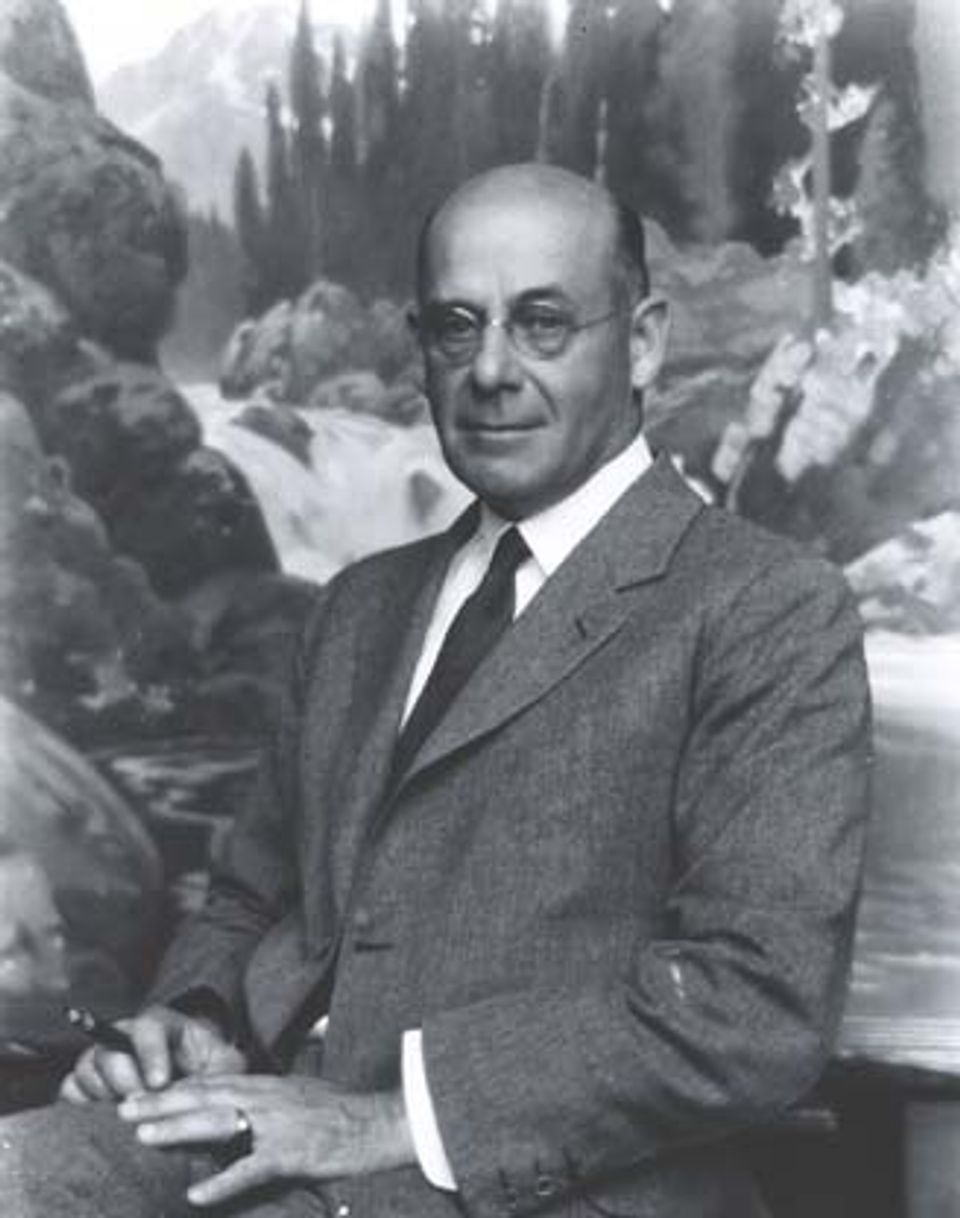Belmore Browne

- Biography
Belmore Browne studied at the New York School of Art and the Académie Julian in Paris. His best-known paintings show scenes of Alaska, the Northwest, and the Canadian Rockies. Browne first traveled to Alaska on a family vacation when he was eight years old. He returned in his early twenties as a member of Andrew Jackson Stone's mammal-collecting expeditions for the American Museum of Natural History. On these excursions, Browne proved to be not only an excellent tracker but a skilled draftsman, making accurate anatomical drawings of different animals.
Browne was part of a group that made the first ascent of Mt. Olympus in Washington. He later made three attempts to climb Alaska's Mt. McKinley, the highest point in North America, but fell short each time. After serving in World War I, Browne moved to Alberta, Canada. His wife later recalled that this was the most productive period of his artistic career. He painted outdoors, even in winter, when he often needed to wear multiple pairs of socks on his hands "with the brushes pulled through so that he could move his fingers easily within the socks" (Ordeman and Schreiber, George and Belmore Browne: Artists of the North American Wilderness, 2004). Browne eventually began to spend his winters in California and was named director of the Santa Barbara School of Fine Arts in 1930. The detail and realism with which he portrayed nature earned him an additional job: he produced paintings to serve as backdrops in museum displays of animal habitats.













